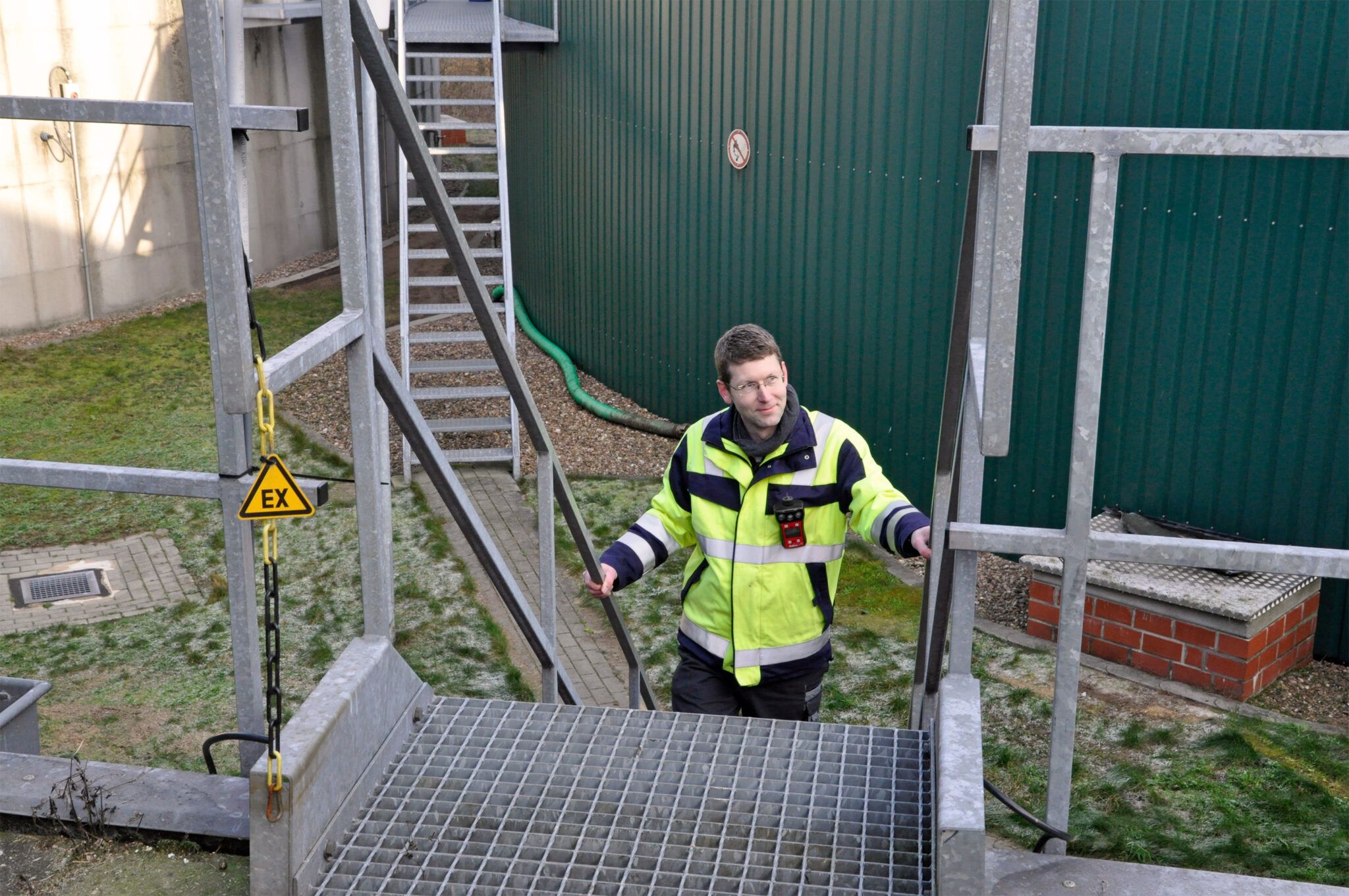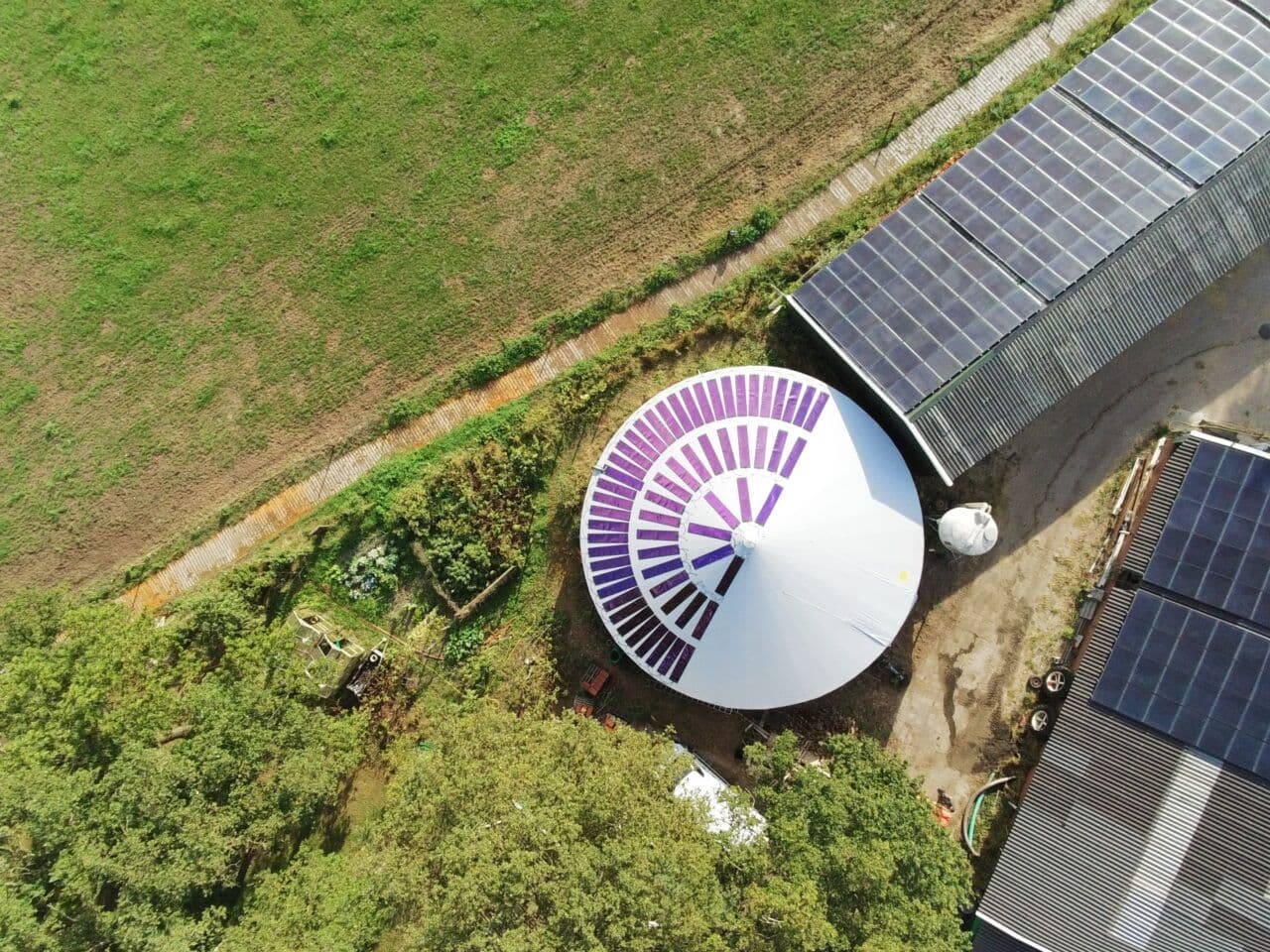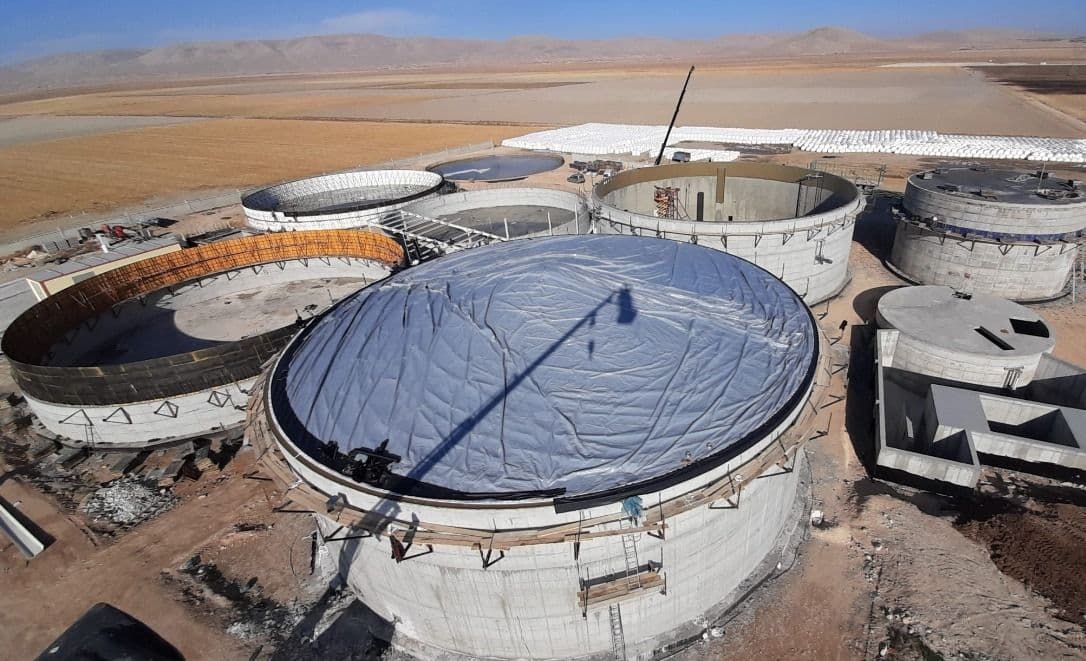What are flammable gases ?
Flammable gases (or vapors) are gases that create an explosive atmosphere when mixed with air in a certain proportion. Combustible gases include, above all, methane (CH4) as the main component of natural gas. Depending on the quality of the natural gas (L or H gas), the methane content varies from 80% by volume (L gas) to 97% by volume (H gas). Methane has a lower relative density compared to air, so it is lighter and rises upward in an open environment.
Examples of Flammable Gas: Methane, Propane, and Butane
In addition to methane, propane (C3H8) and butane (C4H10), which are often found in liquid form, are also flammable gases. They are gaseous under normal conditions (atmospheric pressure, room temperature) but can be liquefied at room temperature with relatively low pressure. They have a higher relative density than air and therefore remain in gaseous form on the ground. All three gases, along with another component of natural gas, ethane (C2H6), belong to hydrocarbons because they each consist of one or more carbon atoms with associated hydrogen atoms.
Methane
Methane occurs in many parts of the world and is constantly formed, for example, during geological processes. The concentration of methane in the Earth's atmosphere is just under 2 ppm. Methane is also formed during decomposition processes in the decomposition processes of organic matter in the absence of air or in mixture with carbon dioxide during anaerobic fermentation, for example, in swamps or in nature. Since it can also be produced in landfills or wastewater or sewage manholes, terms such as crankcase gas, digester gas, sewer gas, sewage gas or landfill gas are often used for this mixture. However, unlike natural gas, these mixtures do not contain ethane or higher hydrocarbons such as propane and butane. Biogas produced in biogas facilities contains approximately 60% methane by volume and 35% carbon dioxide by volume.

Hydrogen: The Energy Carrier of the Future
Hydrogen (H2) is also a flammable gas, but it is almost never found in pure and gaseous form in the wild. Most of the hydrogen found on Earth is bound to water and must therefore be produced artificially, for example through the electrolysis of water. Since the combustion of hydrogen produces pure water vapor (H 2 O) and does not create CO 2 emissions, it is seen as the energy carrier of the future in the fight against climate change. Meanwhile, hydrogen began to be added to natural gas in quantities of up to 10 volumes. %. Higher mixtures of 20% by volume or 30% by volume of H2 are tested. In addition, pure hydrogen networks (i.e. 100% H2 by volume) are operated for energy supply and hydrogen filling stations for the transport sector, often as small isolated solutions near production facilities or large transport pipelines.



